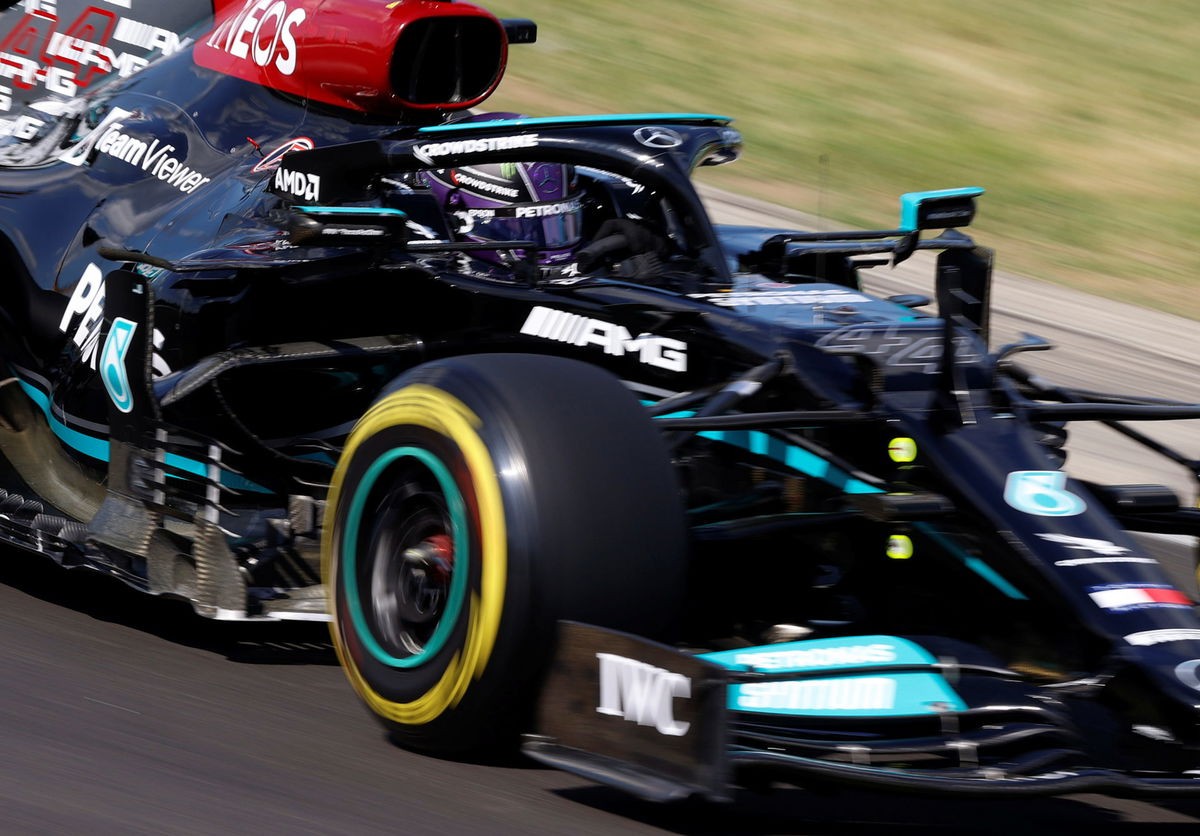Formula 1 cars are marvels of engineering, designed for极致 speed and agility on the track. While all-wheel drive (AWD) is common in many road cars for enhanced traction, especially in adverse weather conditions, Formula 1 cars overwhelmingly utilize rear-wheel drive (RWD). This begs the question: why aren’t F1 cars equipped with 4WD systems?
Why Rear-Wheel Drive Dominates Formula 1
Rear-wheel drive, as the name implies, is a system where engine power is delivered exclusively to the rear wheels. This contrasts sharply with AWD, which distributes power to all four wheels for increased grip. For F1, the choice of RWD is deeply rooted in the pursuit of optimal performance, prioritizing factors that differ significantly from typical road car needs.
One of the most critical reasons F1 cars employ RWD is weight reduction. In the intensely competitive world of Formula 1, every gram counts. An all-wheel drive system inherently adds complexity and weight due to the additional components required – including a front differential, driveshaft, and potentially more complex transfer cases. Adding this extra weight would significantly hinder an F1 car’s acceleration, braking, and cornering capabilities, directly compromising its lap times. The relentless pursuit of lightness dictates stripping away any unnecessary weight, and AWD falls into this category.
Furthermore, the dynamics of traction in Formula 1 are unique. While AWD excels in low-grip situations by distributing power to wheels with the most traction, F1 cars are designed to generate immense downforce. This aerodynamic force presses the car onto the track, creating exceptional grip, particularly at high speeds. In these high-grip scenarios, the advantage of AWD in distributing power becomes less critical. Moreover, F1 cars are engineered with a rearward weight bias, meaning more weight is concentrated over the rear wheels. This inherent weight distribution naturally favors rear-wheel traction, making RWD a more effective and efficient choice for power delivery.
via Reuters
Beyond weight and traction dynamics, the physical packaging of an AWD system presents further challenges for F1 car design. Implementing AWD would necessitate placing a driveshaft and differential components potentially beneath the driver. This would raise the car’s overall height, negatively impacting aerodynamics. Formula 1 cars are designed to be as low and sleek as possible to maximize downforce and minimize drag. Raising the car’s center of gravity with a taller drivetrain would be detrimental to handling and stability, counteracting the aerodynamic advantages crucial for high-speed cornering.
Driver preference also plays a role in the continued use of RWD in Formula 1. Many drivers favor the handling characteristics of rear-wheel drive cars, particularly the level of control it offers, especially when navigating corners. RWD allows skilled drivers to manipulate the car’s balance using throttle and steering inputs, enabling techniques like power slides and precise cornering lines. While mastering oversteer in RWD can be challenging, it is a trade-off many drivers are willing to make for the enhanced control and feedback it provides, ultimately contributing to faster lap times.
The Historical Glance at 4WD in Formula 1 and Future Considerations
While rear-wheel drive has been the dominant drivetrain configuration in modern Formula 1, the sport has briefly experimented with four-wheel drive in its earlier history, primarily during the 1950s and 1960s. Teams like Ferguson and Matra explored 4WD systems, aiming to improve traction, particularly in wet conditions. However, these attempts were ultimately short-lived. The technology of the time was not as advanced, and the added weight and complexity of early 4WD systems outweighed the perceived benefits in most racing scenarios.
Looking towards the future, with the FIA continually seeking to evolve Formula 1, the question of four-wheel drive resurfaces periodically. Theoretically, AWD could offer advantages in certain areas. For instance, it could potentially allow drivers to apply power earlier and more aggressively when exiting corners, potentially leading to increased grip and reduced understeer. By intelligently distributing torque to individual wheels, an advanced 4WD system could counteract understeer and optimize traction in varying cornering conditions. This could, in theory, close the performance gap between drivers and teams, especially in cornering speeds.
via Reuters
However, the practical challenges associated with implementing 4WD in Formula 1 remain significant. Cost is a major consideration, especially with budget caps already in place. Developing and maintaining a sophisticated 4WD system would be considerably more expensive than refining existing RWD technology. Gene Haas, a prominent figure in F1, has voiced concerns about the complexity and potential cost escalation associated with introducing 4WD, drawing parallels to the intricate engine regulations that have proven challenging and expensive for teams to navigate. He emphasized the risk of a technological arms race where only a few teams might master 4WD, leaving others struggling to catch up, potentially disrupting the competitive balance of the sport. Furthermore, the persistent issue of added weight associated with AWD systems remains a critical drawback in the relentless pursuit of performance optimization in Formula 1.
In conclusion, while the theoretical benefits of 4WD in Formula 1, such as enhanced cornering grip, are acknowledged, the practical drawbacks, including increased weight, complexity, cost, and packaging difficulties, currently outweigh the advantages. Combined with the inherent suitability of rear-wheel drive to the high-downforce, rear-weight-biased dynamics of modern F1 cars and driver preferences for RWD handling characteristics, it is highly likely that Formula 1 will continue to remain a rear-wheel drive sport for the foreseeable future.

